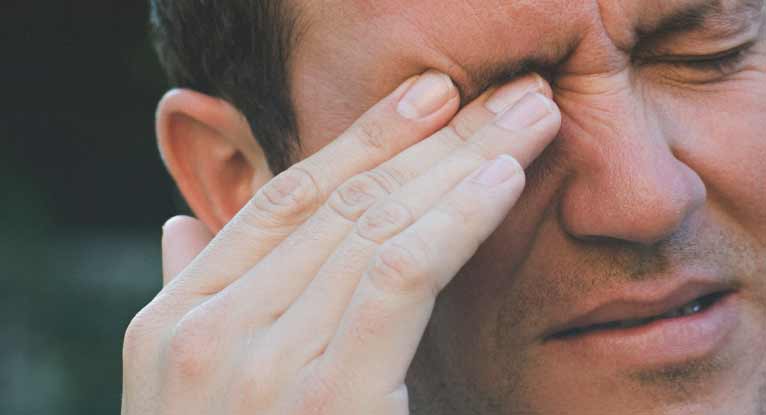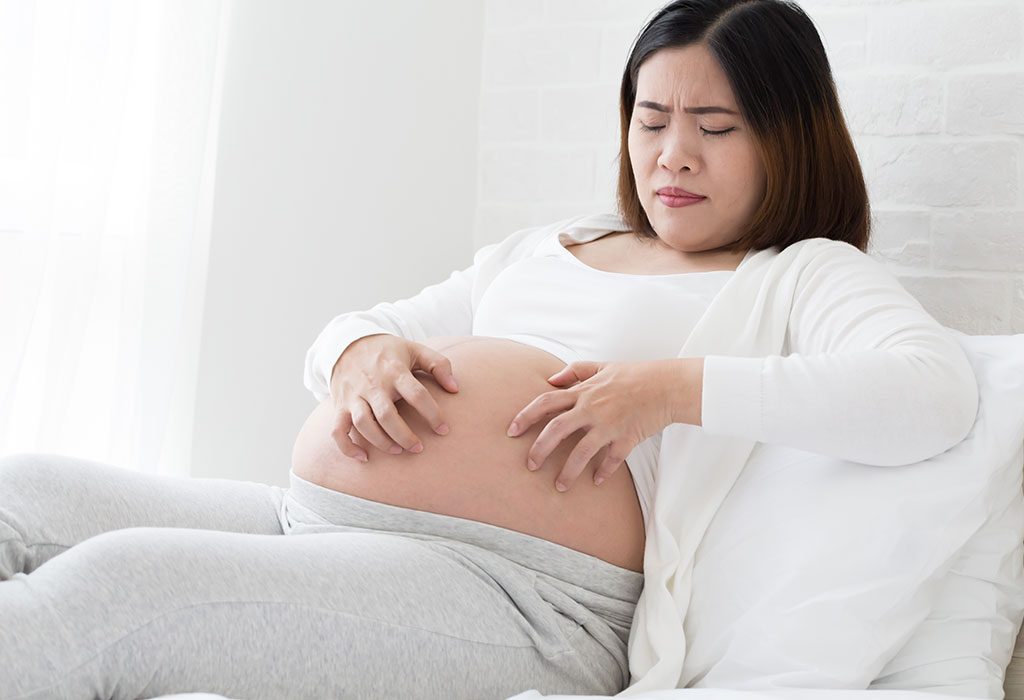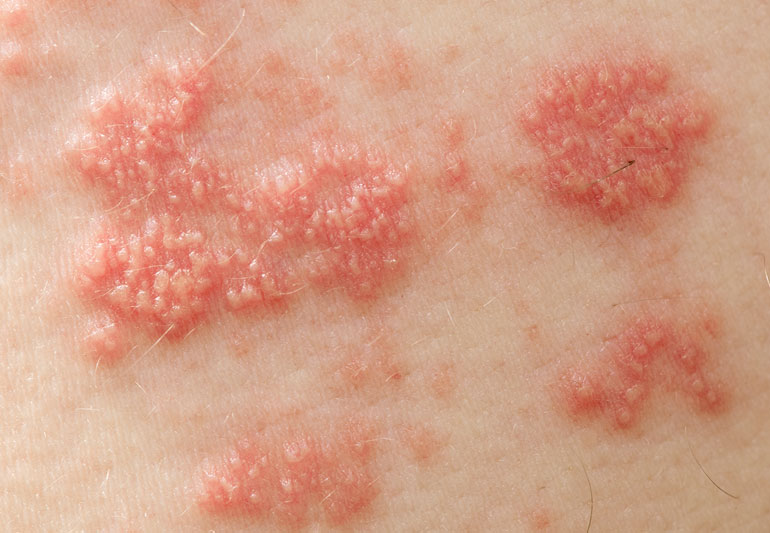Shingles is a condition caused by the varicella-zoster virus — the same virus that causes chickenpox. Shingles itself is not contagious. You can’t spread the condition to another person. However, the varicella-zoster virus is contagious, and if you have shingles, you can spread the virus to another person, which could then cause them to develop chickenpox.
The varicella-zoster virus will stay in that person’s nerve tissue for the rest of their life. For most of that time, the virus stays in an inactive state. But if the person’s immune system can’t contain the virus, the virus could then activate again years later. This could cause the person to develop shingles.
Read on to learn more about shingles and how to prevent the spread of the varicella-zoster virus.
How shingles spreads
A person with shingles can typically spread the varicella-zoster virus to someone who has never had chickenpox. This is because if a person has had chickenpox, they usually have antibodies against the virus in their body.
Shingles causes open, oozing blisters, and the varicella-zoster virus can spread through contact with unscabbed shingles blisters. If you haven’t had chickenpox, you can get the varicella-zoster virus from contact with someone else’s oozing shingles blisters. This could lead to chickenpox.
The virus doesn’t spread after the blisters have formed crusty scabs. Once the blisters scab, they’re no longer contagious. The virus also doesn’t spread when the blisters are well-covered.
You can’t get shingles through contact with the saliva or nasal secretions of someone who has shingles, except in rare cases. That means you usually can’t get shingles if someone who has it coughs or sneezes on you.
Who can get shingles
Anyone who has had chickenpox can develop shingles. That’s because the virus that’s already in their body can reactive. People of any age can get it, but it’s most common in people who are in their 60s and 70s.
Shingles is common. Half of the American population will show signs of the disease by the time they’re 80 years old.
The virus tends to reactivate when your immune system is weaker than normal. It’s not unusual to get shingles when you’re already sick or stressed.
Symptoms of shingles
Early shingles symptoms can include headache, fever, and chills. However, the most noticeable symptoms are blisters and pain.
Blisters
The outward symptoms of shingles look a lot like a case of chickenpox. Both diseases feature raised blisters that open, ooze fluid, and crust over.
But unlike the chickenpox rash, which can occur on different parts of the body, shingles usually affects one area of your body. Shingles blisters are most prevalent on your torso, where they wrap around your waist on one side of your body. In fact, the word “shingles” comes from the Latin word for “belt.”The shingles rash may also appear on one side of your face. If this happens, you need to see a doctor immediately.
Pain
Shingles travels along a nerve path, causing pain and strange sensations. Your skin might tingle or feel like it’s burning before the blisters appear. Itching and sensitivity to touch are also symptoms of shingles.
Shingles pain varies in severity and can be difficult to treat with over-the-counter pain medications. Your doctor might prescribe antidepressants or steroids. These two types of drugs can successfully relieve nerve pain in some people.
Outlook for people who have shingles
Most people who have shingles experience pain and discomfort for a short period and then make a full recovery. People usually only have one episode of shingles in their lifetime.
Shingles outbreaks are temporary. They usually clear up within a month. However, they can have some lasting effects on your health and well-being.
The nerve pain of shingles can linger, lasting for weeks or even months in some cases. Generally, shingles pain is more persistent and longer-lasting in older adults. Younger people usually show no signs of the disease once the blisters have cleared up.
Medical advances, including the chickenpox and shingles vaccines, mean that fewer people will get chickenpox and shingles in the future.
How to avoid spreading shingles
You’re typically less likely to transmit the varicella-zoster virus with shingles than with chickenpox. However, you can spread the varicella-zoster virus from the time that your symptoms start until your rash and blisters have crusted dry.
If you have shingles and are otherwise healthy, you can still go out in public or to work. But you should be sure to follow these tips:
Keep the shingles rash clean and covered. This can help prevent other people from coming into contact with your blisters.
Wash your hands often. Also, try not to touch the blisters.
Avoid being around pregnant women. The varicella-zoster virus can cause serious health risks in both pregnant women and their babies. Risks include pneumonia and birth defects. If you realize that you exposed yourself to a pregnant woman, notify her right away so she can contact her OB/GYN for recommendations. Be especially careful to avoid pregnant women who haven’t had chickenpox or the vaccine for it.
Avoid other at-risk people. Stay away from premature babies, infants with low birth weights, and children who haven’t yet had chickenpox or its vaccine. Also avoid people with weak immune systems. These include people with HIV, organ transplant recipients, and people taking immunosuppressant medications or having chemotherapy.
The shingles vaccine
The shingles vaccine is different from the chickenpox vaccine. It reduces the risk of getting shingles and the widespread nerve pain associated with it.
Adults older than 60 should consider getting the shingles vaccine. To find out if you’re a candidate for the shingles vaccine, talk to your doctor.





